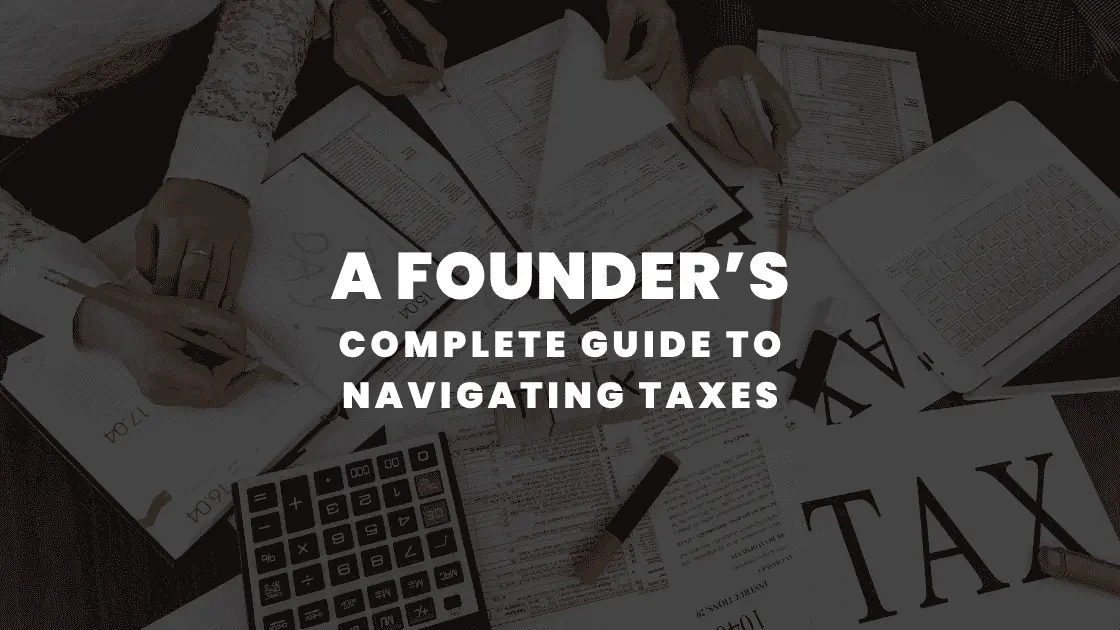June 15 2023 | By Wajiha Danish | 5 minutes Read

What is a tax extension?
How do tax extensions work?
If you have tax liabilities
What happens if you don’t file your taxes on time?
If you anticipate a refund
Step-by-step guide on how to file a tax extension in 2023
Step 1: Determine Your Eligibility
Step 2: Choose a Filing Method
Step 3: Fill Out the Form 4868
Step 4: File the Form 4868
Step 5: Pay Any Taxes Owed
In a Nutshell
Are you feeling anxious about not filing your taxes on time this year? You are not alone. Despite this being an annual occurrence, many people must prepare to request an extension.
If you are facing unique circumstances, have experienced unexpected events, or are extremely busy during this time, you may qualify for an extension on your tax filing deadline without any penalty for late payment.
A tax extension is needed when you require more time to gather tax documents, have encountered unexpected life events, or are generally too occupied. If you did not complete your taxes by the April 18 deadline, you can request an extension and finish your 2022 taxes before the October 16, 2023, deadline.
Although everyone is eligible to request a tax extension, it does not imply that you will receive an extension on your tax payment. To apply for an extension, complete a 4868 form, and you do not need to provide a reason for the extension request to the IRS.
Many people mistakenly believe that tax extensions provide additional time to pay taxes. However, extensions only postpone the deadline for filing taxes, not the due date for tax payments. If you require more time to pay your taxes, the IRS has payment plans available to allow you to pay off your balance in installments over time.
Filing for an extension may be beneficial if you are struggling to locate important tax documents or need more time to prepare your paperwork. However, even if you request an extension, the IRS requires you to make an estimated tax payment if you owe taxes by the deadline.
To avoid late-payment penalties and interest, you must estimate your tax bill and make the maximum possible payment when you cannot file your tax return by the deadline. You may qualify for a reduced late-payment penalty if you pay at least 90% of your actual tax liability by the deadline and pay the remainder with your return. You can estimate your liability using the estimated tax worksheet on form 1040-ES or tax software.
In case of not filing taxes on time, the IRS may impose a late-filing or failure-to-file penalty, which is 5% of the taxes owed for each month or part of a month the return is late. If the return is more than 60 days (about two months) late, the minimum penalty for not filing taxes is $435 or the tax owed, whichever is smaller, and the maximum is 25% of the tax bill.
The IRS advises taxpayers who missed the filing deadline to file as soon as possible to minimize the fees and interest on their tax bill. If certain requirements are met, those who file late may be eligible for penalty relief, such as penalty abatement. The IRS website has more information on how to apply for penalty relief.
The IRS does not levy a penalty for late-filed tax returns entitled to a refund. Nonetheless, it may be beneficial to seek a tax extension if you need more time. This helps you avoid the late-filing penalty if you miscalculate and owe taxes.
Filing a tax extension in the United States allows you to extend the deadline to file your income tax return. Here is a step-by-step guide on how to file a tax extension in 2023.
Individual taxpayers and businesses can request an extension to file their tax returns. However, remember that an extension only extends the time to file your tax return, not the time to pay any taxes due. If you expect to owe taxes, you must still pay by the original filing deadline to avoid penalties and interest.
You can file for a tax extension electronically or by mailing Form 4868, application for automatic extension of time to file U.S. individual income tax return.
– Electronic Filing: The easiest way to file an extension is electronically through IRS Free File. You must provide basic information about yourself and your estimated tax liability for the year.
– Mailing: You can also file a paper Form 4868 by mail. You can download the form from the IRS website, fill it out and mail it to the address specified. Make sure to send it in time for it to be postmarked by the original filing deadline.
If you choose to file by mail, complete Form 4868, providing your name, address, social security number, estimated tax liability, and the amount of tax you have already paid. It would help if you also estimated your tax liability for the year and the amount you expect to pay with your return.
If you file electronically, the system will automatically submit the extension form. If you are filing by mail, you should send the completed Form 4868 to the appropriate address listed in the form’s instructions.
Remember, filing for an extension does not extend the time to pay any taxes due. If you expect to owe taxes, you should estimate and pay your tax liability by the original filing deadline to avoid penalties and interest.
In conclusion, filing a tax extension is a relatively straightforward process that allows you more time to file your tax return. You can file electronically or by mail and must provide basic information about your tax liability. Estimate and pay any taxes owed by the original filing deadline to avoid penalties and interest.
Also Read: How To File Taxes For An LLC In The U.S – Things To Know
Subscribe for business tips, tax updates, financial fundamentals and more.
MORE BLOGS

Starting a business is exciting, right? There’s innovation, there’s growth potential, and the thrill of building something from scratch. But amid all the planning, entrepreneurs often […]
Learn More →
Starting a business is quite thrilling, until tax season arrives. For founders, understanding the nitty gritty of startup taxation can make a difference between financial efficiency […]
Learn More →
Tax season can be overwhelming, especially when you’re staring at multiple forms with numbers instead of names. Two of the most common, and often misunderstood, are […]
Learn More →